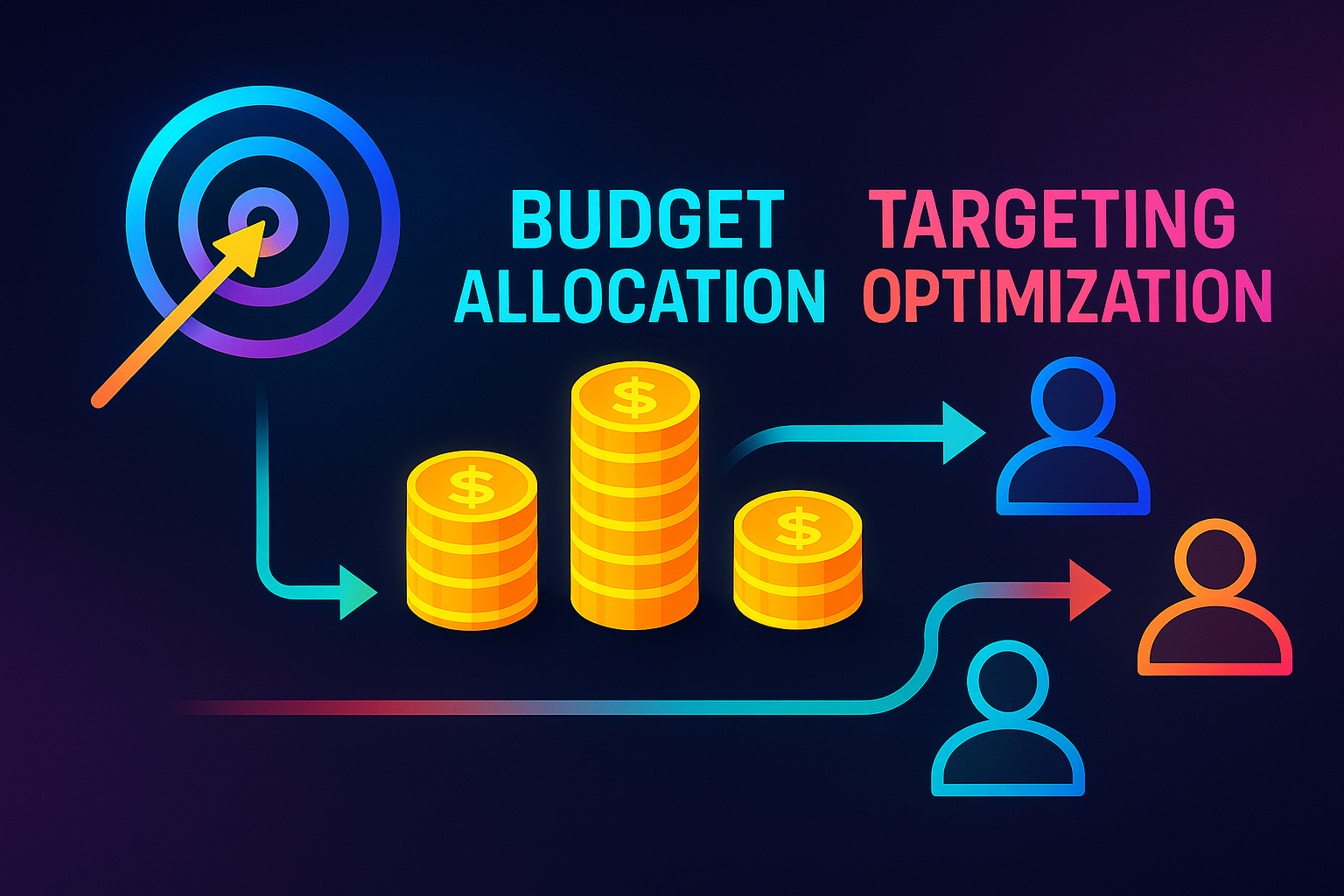Overview
Performance Max (PMax) campaigns promise to reach customers across all Google properties with automated bids and creative. When they work, they’re incredibly efficient—but when they stall or overspend, it can be maddening. Google’s help documentation points out that newly created or edited ads can take 24‑48 hours to review and that automated bidding campaigns often need 1‑2 weeks to ramp up. Beyond that initial learning period, there are common pitfalls that cause low volume or high cost per acquisition. Below we share a systematic triage process based on Google’s troubleshooting checklist and our experience managing PMax for ecommerce brands.
Step 1 – Diagnose before you operate
Before making drastic changes, look at the diagnostic insights in your PMax campaign. Google flags most issues—asset disapprovals, billing problems, final‑URL issues—right in the dashboard. Verify that:
- Your account and billing are in good standing.
- The campaign is enabled with a current start and end date.
- You’ve given the campaign at least one week with no major edits so the algorithm can learn.
If diagnostics look clean but performance is poor, move to the next steps.
Step 2 – Check budget, bids and targeting
PMax uses your budget and bid targets to learn which auctions to enter. Common issues include:
- Low budget or overly aggressive ROAS/CAC targets – the system can’t bid high enough to win auctions. Raise your daily budget or relax your ROAS target temporarily.
- Narrow geographic or audience targeting – avoid layering too many constraints; PMax already finds your audience. Remove redundant location, demographic or customer lists unless they’re essential.
- Overlapping campaigns – if Search or Shopping campaigns target the same products and audiences, they may cannibalize each other. Use account‑level negative keywords or pause overlapping campaigns to let PMax see full funnel

Step 3 – Fix conversion tracking
Google’s automated bidding requires accurate conversions. Issues include:
- Untracked or duplicate conversions – verify that your primary conversion action has sufficient volume and matches your business objective. Make sure you’re not counting page views or micro‑events as conversions.
- Tracking on wrong pages – PMax relies heavily on purchase or lead events. Use GA4 or Google Ads conversion tags to fire conversions on the thank‑you page and test in real time.
- Delayed conversion reporting – if you’re importing conversions from analytics platforms, be aware of the delay. For faster feedback, use Google Ads conversion tracking directly.
Step 4 – Improve creative & feeds
Poor creative is a silent killer in PMax. Google lists low asset diversity and policy disapprovals as reasons for low traffic. To fix:
- Upload multiple high‑quality images and videos that reflect your products and brand story.
- Write diverse headlines and descriptions to give the AI more combinations to test.
- Ensure your Merchant Center feed is accurate and uses optimised titles & attributes. Consider enabling Final URL expansion unless you have landing pages you must avoid.
Step 5 – Adjust strategy
If you’ve addressed all technical issues and performance is still lagging, consider structural changes:
- Split products or audiences into separate asset groups to get more granular reporting and to provide more relevant creative.
- Test manual campaigns alongside PMax for branded keywords or specific products. Manual Shopping and Search campaigns can co‑exist and sometimes capture demand that PMax misses.
- Review auction insights and search term reports (available in some PMax accounts) to understand where conversions are coming from and adjust your creative, feed and copy accordingly.

Performance Max isn’t a magic bullet—it needs good data, realistic budgets and strong creative to excel. Follow this triage process, be patient during the learning period, and your PMax campaigns will start to behave more like the high‑performance machine Google promised.
Internal links: Why Performance Max Works (Even If You Hate It) for background on how PMax fits into
Looking for expert help to rescue your PMax campaigns? Contact our team for a free triage today.




